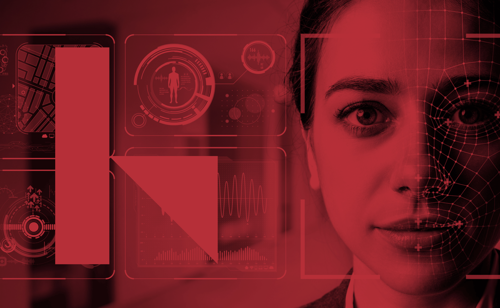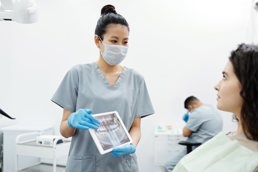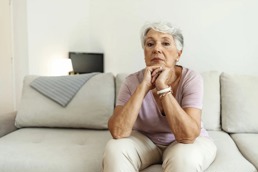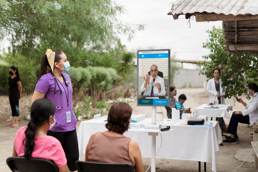Here's one way to make senior care safer
SCIENCE NEWS FROM KRISTIANIA: Health technology
Short summary:
-
Internet of Things-powered fall detectors enable quicker interventions.
-
Fall detectors significantly reduce anxiety for relatives knowing their loved ones are safely monitored.
-
The mix of wearables, ambient sensors, and vision-based tech ensures accurate alerts while safeguarding dignity and privacy.
-
With reliable fall detection, older adults can live at home longer—cutting institutional costs and boosting quality of life.
(This summary was generated by AI and quality-assured by the editorial team).
In a recent study on how fall detection systems can improve safety and care quality, family members and next-of-kin expressed greater peace of mind, and healthcare personnel emphasised that fall detection systems improve their ability to respond rapidly.
Family members said that knowing their senior relatives had reliable monitoring reduced their anxiety considerably, particularly during nighttime or when they were not physically present. As one family member described: "The most important thing for me is [knowing] that my mother is well taken care of."
Healthcare personnel who participated in the study emphasised that the fall detection systems (FD) significantly improve their ability to respond rapidly, enhancing overall service quality.
For example, one nurse noted that they can quickly intervene when patients truly need help, minimising unnecessary disturbances. The systems' reliable alerts also meant healthcare workers could better prioritise their workload, ultimately contributing to more efficient use of resources.
How fall detection systems work
When an elderly person falls, Internet of Things (IoT)-based fall detection systems use a combination of advanced sensors – such as ambient, wearable, and vision-based technologies – to automatically recognise the incident.
The system then swiftly alerts caregivers or healthcare staff through smartphone notifications or dedicated monitoring devices, enabling immediate and targeted responses.
In addition to making care safer and faster, these systems allow older adults to live independently at home for longer.
This combination of sensor technologies ensures accurate detection while respecting individual privacy, which is crucial in healthcare settings. For example, ambient sensors discreetly monitor environmental changes such as vibrations or unusual sounds. Advanced vision-based sensors may utilise infrared or depth cameras, offering detailed detection without compromising personal privacy.
Can support independent living at home longer
The study shows that IoT-based fall detection systems can help improve senior care. In addition to making care safer and faster, these systems allow older adults to live independently at home for longer. This may reduce the need for institutional care and lead to significant savings for society, while also improving the quality of life for older adults.
We also recommend further integrating IoT-based fall detection with broader healthcare technology ecosystems, such as smart home automation and telehealth platforms. This holistic approach can maximise benefits, streamline care processes, and provide comprehensive, personalised support to elderly individuals.
Falls among older people pose a global challenge
Falls among older people pose a significant and growing challenge globally, with serious consequences for individuals, families, and society. In Norway, nearly one-third of individuals over 65 experience at least one fall annually, leading to severe injuries, diminished quality of life, and increased healthcare costs.
Norway ranks among the highest globally in fall-induced hip fractures, with around 9,000 cases each year. The number of falls underlines a need for effective technological solutions to enhance safety and timely care.
Master students and researchers at the IDEAS Lab at Kristiania University of Applied Sciences have explored how the Internet of Things (IoT)-based fall detection systems can improve safety and care quality, specifically focusing on user experiences within elderly care services in Ulstein municipality.
The study aimed to understand the benefits and challenges healthcare professionals, family members, and system managers faced when implementing such technologies.
Participants in the study, including healthcare providers and family members (next-of-kin), highlighted several clear benefits.
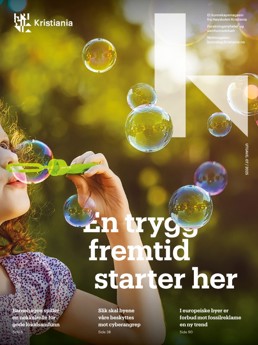
Les Kunnskap Kristianias temautgave:
Limited sensor coverage and false alarms reduce trust
Despite largely positive experiences, the study also revealed several challenges requiring attention for broader adoption and satisfaction, particularly in home care environments.
Issues of limited sensor coverage appeared frequently due to room layouts or furniture placement, creating 'blind spots' where falls could go unnoticed. Additionally, instances of false alarms reduced users' trust in the system, emphasising the importance of accurate sensor calibration and data integration.
Usability and training were also identified as critical improvement areas. Healthcare personnel called for more extensive training to maximise system effectiveness and reduce potential errors.
Moreover, integrating these detection systems smoothly into existing digital platforms for healthcare providers remains a significant task for future implementation.
Reference:
Weng, A. L., Nysæther, M., Haddara, M., & Langseth, M. (2025). User satisfaction with fall detection systems in smart elderly care. Procedia Computer Science, 225, 563–570.
Text: Moutaz Haddara, professor, School of Economics, Innovation and Technology, Kristiania University of Applied Sciences.
This text was first published on sciencenorway.no on the 5th of June 2025 under the title "Improving elderly care with the latest fall detection technology".
We love hearing from you!
Send your comments and questions regarding this article by e-mail to kunnskap@kristiania.no.
Siste nytt fra Kunnskap Kristiania
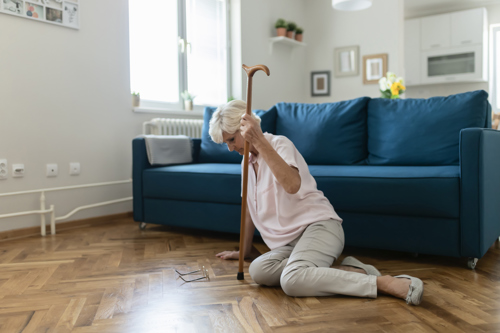 Kunnskap KristianiaLes mer
Kunnskap KristianiaLes merHere's one way to make senior care safer
Fall detection systems improve the quality of senior care as well as save resources.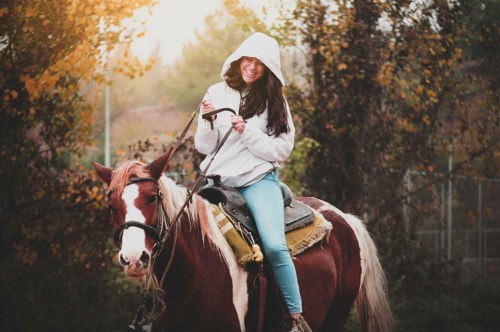 Kunnskap KristianiaLes mer
Kunnskap KristianiaLes merEt vellykket, men sårbart inkluderingsprosjekt
Idrettens ildsjeler står i fare for å brenne ut.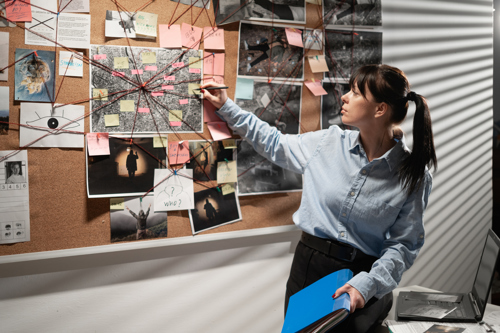 Kunnskap KristianiaLes mer
Kunnskap KristianiaLes merWhy conspiracies catch fire - and how to stop them
Who believes them and why? Here are five promising steps to stop them spreading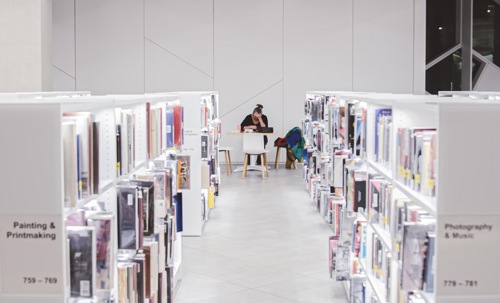 Kunnskap KristianiaLes mer
Kunnskap KristianiaLes merVi trenger et Spotify for lærebøker
Lærebøker må få sitt Spotify-øyeblikk - en digital strømmetjeneste for studentene.
